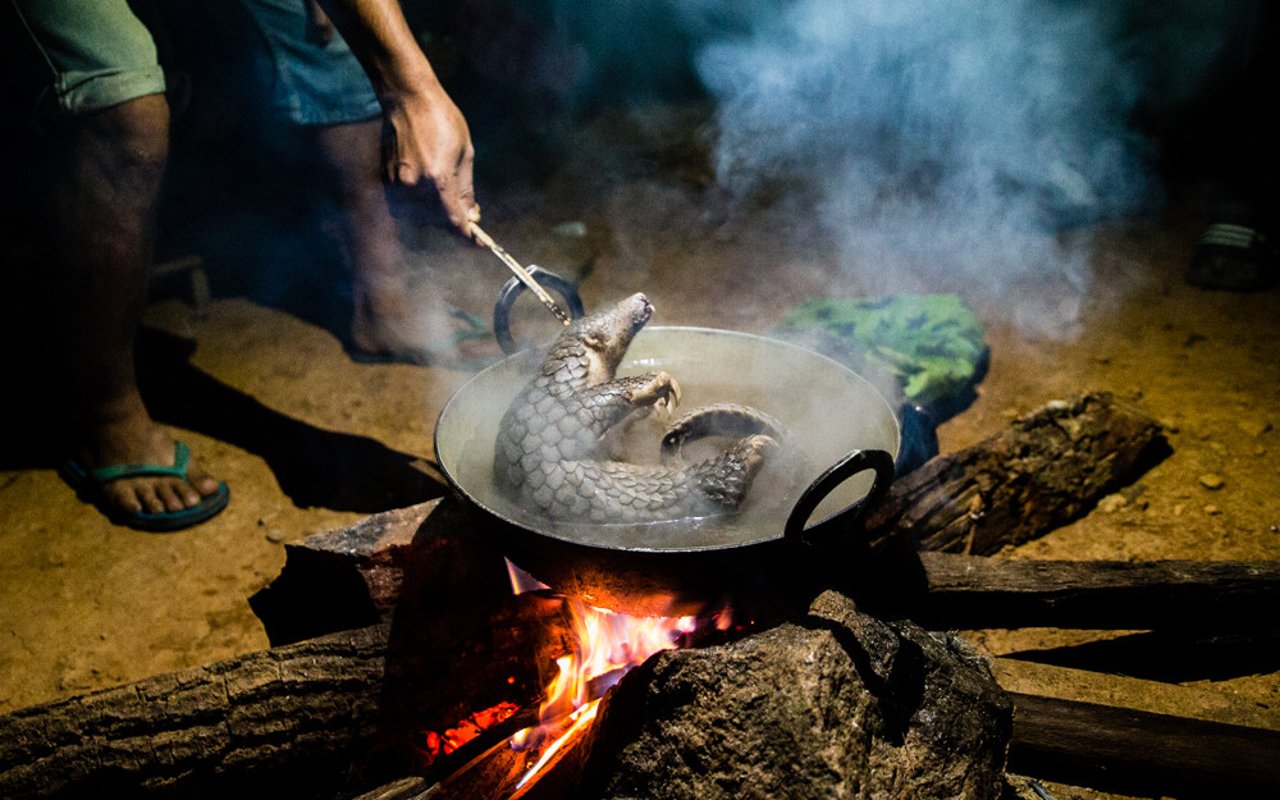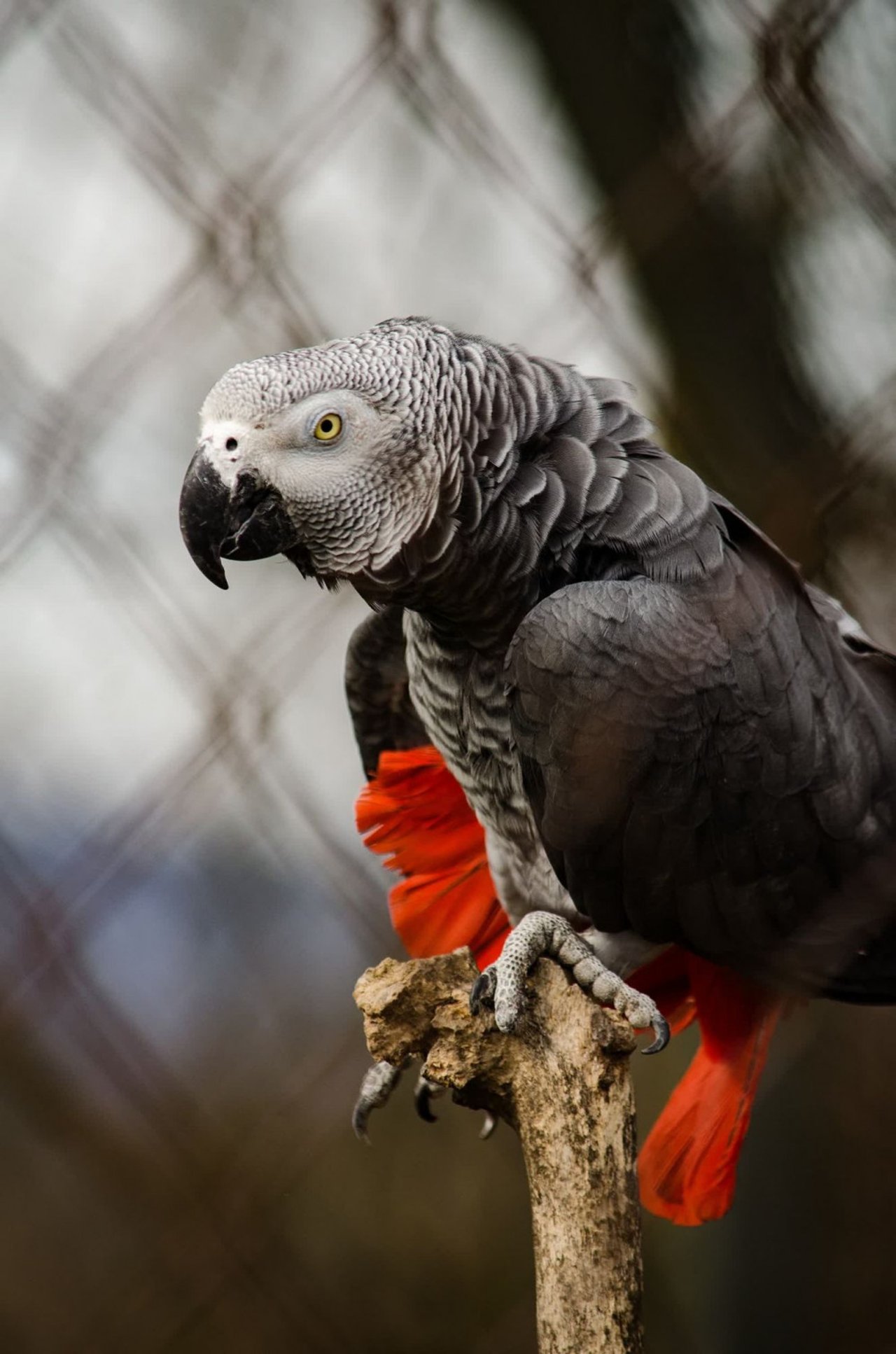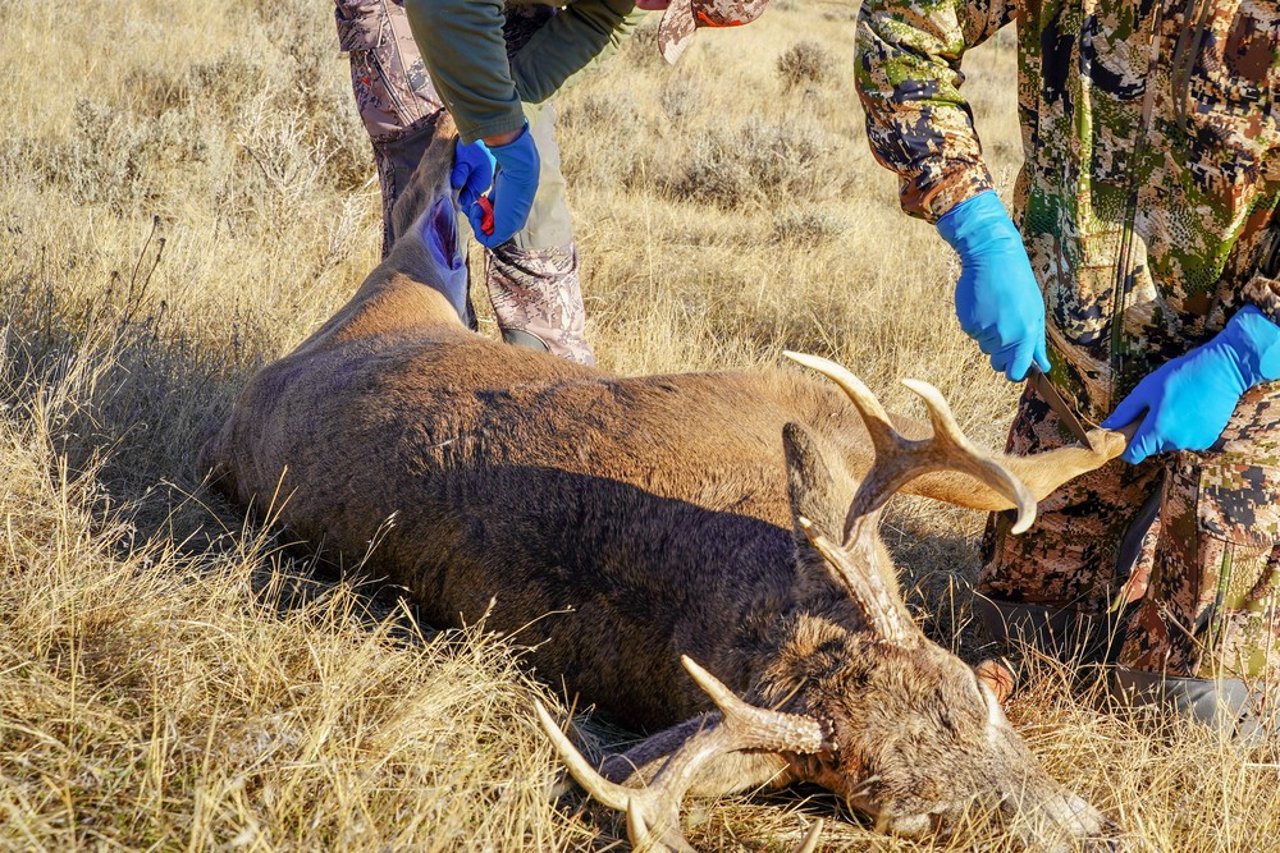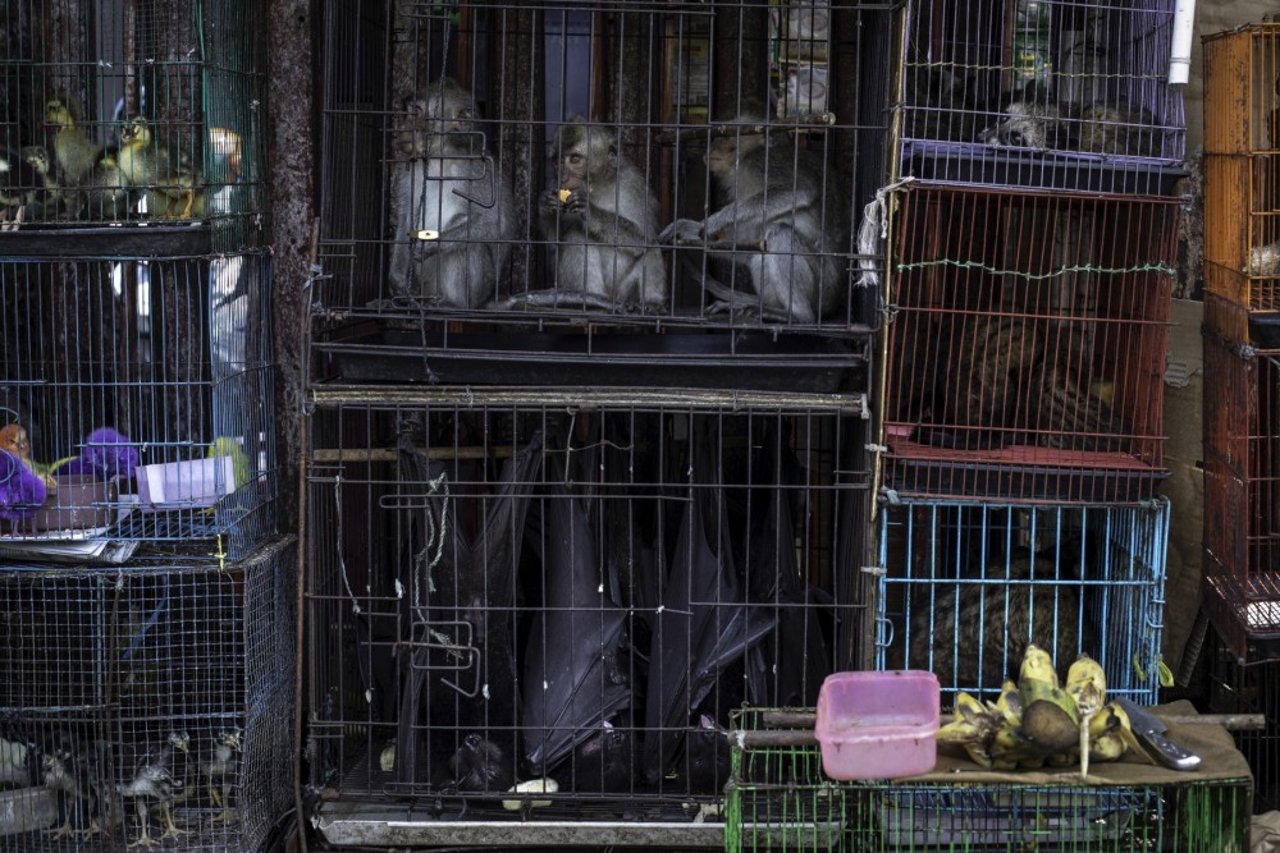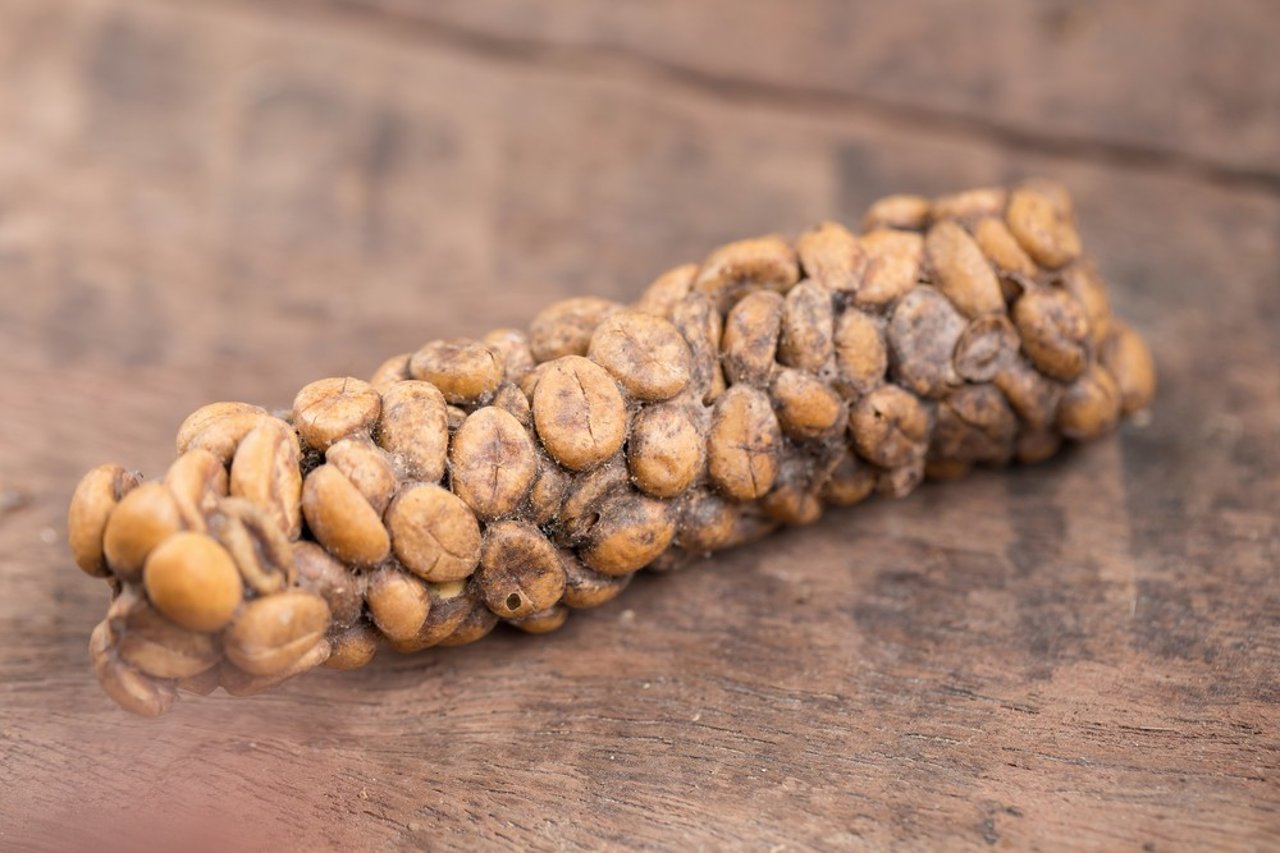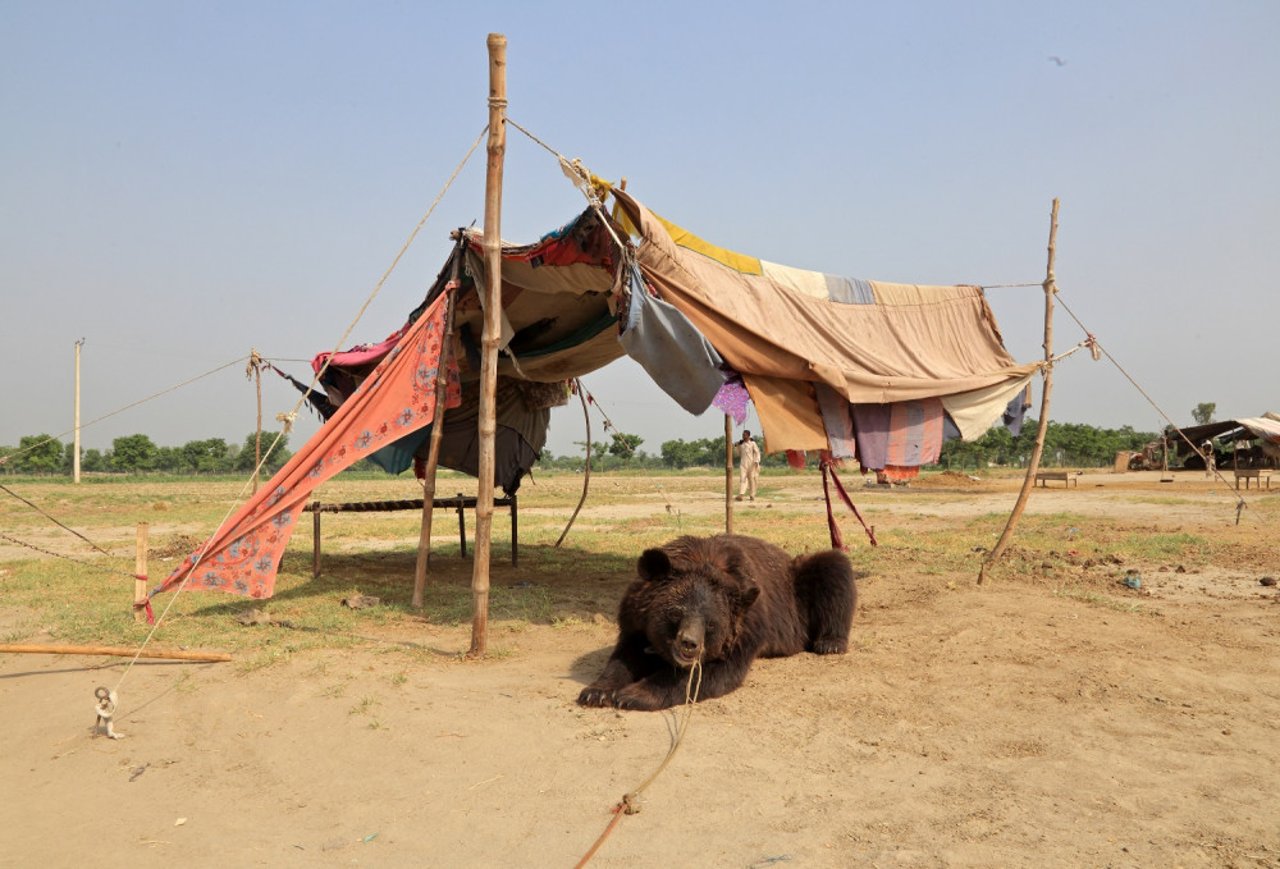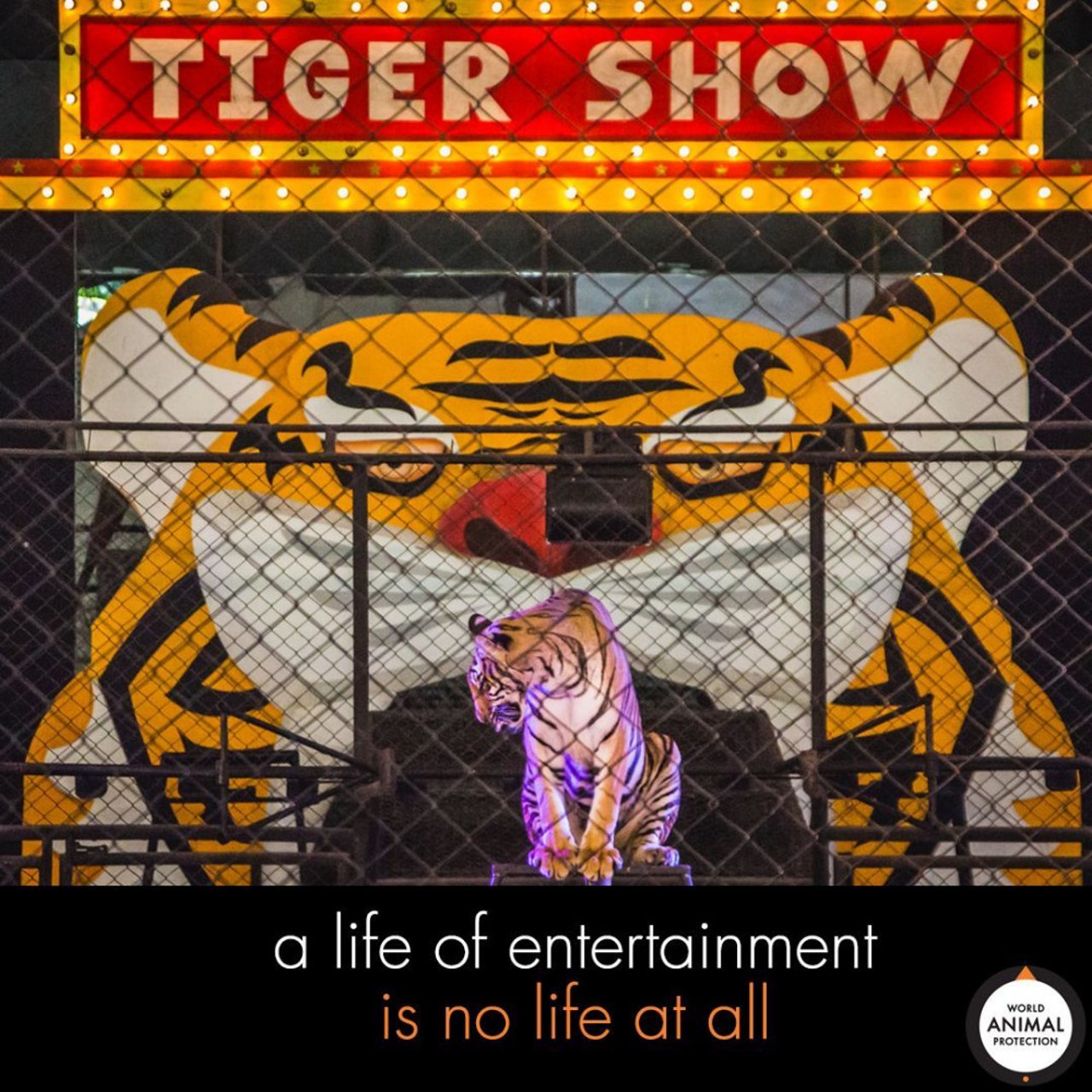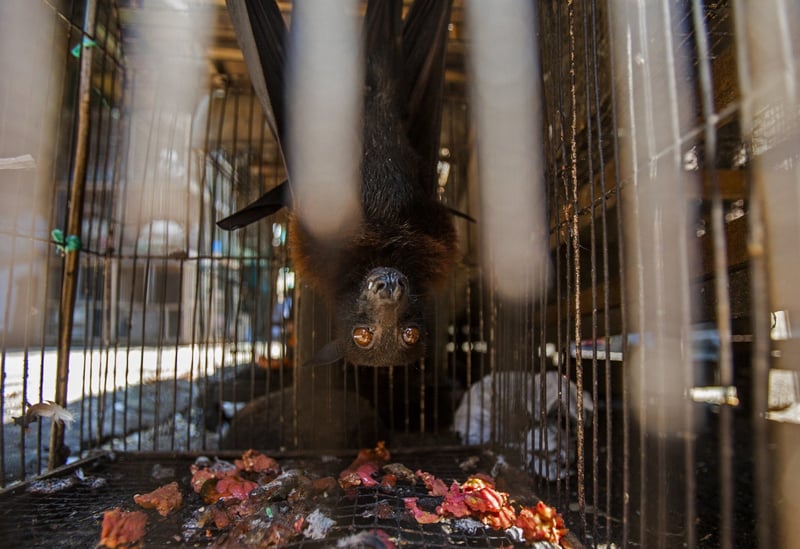
Traditional Chinese Medicine, Bush Meat and Trophy Hunting are the major drivers of the wildlife trade industry. Boycotting animal shows, elephant rides, and tiger selfies is crucial in the fight against the wildlife trade. Despite the social media explosion in recent years, many are still grossly oblivious of the atrocities behind the scenes in these captive animal industries. There is a need to tackle the wildlife trade which is a threat to animals and the environment.
Main drivers of the illegal wildlife trade
World Animal Protection estimates that the current annual value of the wildlife trade stands at around US $30 – 42.8 billion, with up to $20 billion being illegal. Traditional Chinese Medicine, Bush Meat and Trophy Hunting are the major drivers of the industry. The trade has catalysed the destruction of habitats and the extinction of species. Recently, the IUCN listed both species of African elephants on their Red List of Threatened Species. Despite global efforts, the ivory trade continues to push the species toward extinction. The scenario is much worse for species that do not receive as much international focus, including giraffes and leopards.
Pangolins are boiled alive for their scales which are used for traditional medicines: Image credit ( World Animal Protection)
The introduction of invasive species or exotic pets
Another major issue is the introduction of invasive species. Exotic pets are often brashly released into the wild, severely deteriorating the local ecosystem balance. One such example of this is the introduction of the African Catfish in India’s streams. This highly adaptable species has conquered much of India’s wetlanUnfortunately, Its highly predatory nature has destroyed innumerable aquatic ecosystems, including Bharatpur Bird Sanctuary.
Exotic pets : Image credit ( World Animal Protection India)
Animal poachers are a big trouble
The wildlife trade also sponsors militancy across the world. Poachers are usually a part of larger criminal syndicates, such as terror outfits. In South Asia, insurgent groups in North East India, Cambodia and Myanmar are reportedly heavily reliant on the illegal trade of rhino horns and bear paws.
Animal poachers: Image credit ( Deposit Photos)
The transmission of the zoonotic virus due to wildlife trade
One of the major threats to the wildlife trade is the transmission risk of zoonotic viruses. These refer to pathogens that have been transmitted from non-human beings to humans. There is no better example of the potential health risk of the illegal wildlife trade than the COVID-19 pandemic. Over 4 million people have lost their lives due to this horrendous disease in just over a year.
Wuhan wet markets: Image credit ( World Animal Protection)
There are two schools of thought about the origin of this fatal disease. The initial hypothesis was that it was spread through the Wuhan wet markets heavily involved in the selling and purchasing of wild animals. The pathogen behind the pandemic, SARS-CoV-2, is closely related to coronaviruses found in bats and pangolins. However, the intelligence agencies of numerous countries, including the US, UK and Australia, suggest the virus might have been developed to be deployed for a gain of function research. In addition, there seems to be growing evidence of a ‘Lab Leak Theory’ in the Wuhan Institute of Virology. Regardless, it has been suggested that the institute was studying deadly coronavirus sequences in bats. Animal to human transmission has been established through both theories.
Elephants suffering from Tuberculosis
Recently, the Animal Welfare Board study found that at least 10% of Ajmer’s Elephants suffer from tuberculosis. In addition, 20% of Malaysia’s captive elephants suffered from the same diseases. A significant percentage of mahouts also suffer from either active or latent tuberculosis, highlighting the high incidence of animal-human transmission. The high incidences of TB amongst captive elephants can be attributed to the highly non-nutritious diet provided by their owners, among other factors.
Contribution of the world's most expensive coffee to the illegal wildlife trade - Kopi Luwak
Kopi Luwak, the world’s most expensive coffee, also indirectly contributes significantly to the illegal wildlife trade and the spread of zoonotic diseases. The coffee is made by collecting and processing semi-digested beans from the excretions of the Asian Palm Civet. Traditionally, the seeds would be collected from wild animals. However, the rarity of seeds and high-profit margins have urged coffee producers to capture civets. The animals are kept in appalling unhygienic conditions. Their diets consist of nothing but coffee beans. It is no surprise, therefore, that captive civets suffer from a wide range of infectious diseases. In fact, there have been reported cases of SARS transmission between civets and humans. Unfortunately, unproductive and aged civets are sold to the wet market, further exacerbating the risk of transmission.
Kopi luwak or civet coffee. Coffee beans excreted by civet: Image credit ( Deposit Photos)
A ray of hope for wild animals
However, there is some hope. India’s 500 Dancing Bears are being provided with a new lease of life, thanks to a World Animal Protection initiative to rehabilitate these animals from a life of misery to one in a rescue centre in Agra. These bears were captured by poachers as cubs and sold to the kalandars. Members of this community would tame the bears using abusive methods. Once trained, the bears would be forced to perform dances in metropolitan cities, such as Delhi and Agra. Fortunately, Wildlife SoS has rescued all remaining Dancing Bears and provided them with the necessary rehabilitation.
Dancing bears : Image credit ( World Animal Protection)
Similarly, South Africa recently banned the canned hunting industry. Not only were lions captively bred only to be trophy hunting, but the industry also propagated the illegal wildlife trade of lion bones for Traditional Chinese Medicine.
Fighting against the illegal wildlife trade through ethical tourism
Fortunately, the general public can contribute immensely to the fight against illegal trade through ethical wildlife tourism. There are significant breaches of animal rights at most captive animal tourist attractions, including Elephant Rides, Dolphin Shows, Dancing Bears, Animal Circuses and Tiger entertainment facilities. Captive elephants and dancing bears are captured from the wild as young, almost always separated prematurely from their mothers. In tiger entertainment facilities and Dolphin Shows, the animals are regularly drugged during interactions with tourists. These industries rely on tourism revenue to function. Boycotting animal shows, elephant rides, and tiger selfies is crucial in the fight against the wildlife trade. Furthermore, educating others is equally critical. Despite the social media explosion in recent years, many are still grossly oblivious of the atrocities behind the scenes in these captive animal industries.
Animals like Tigers used for entertainment : Image Credit ( World Animal Protection)
Disclaimer: "The views expressed in this feature are those of the contributors and not necessarily those of World Animal Protection."
About the Contributors: Anish Banerjee is a student at the University of Manchester studying zoology. An author of field guides to wildlife of India and Singapore, his favorite animal is the Clouded Leopard. Pratyay Didwan is a student of Carnegie Mellon University, his favorite creature is the Asian Elephant.
